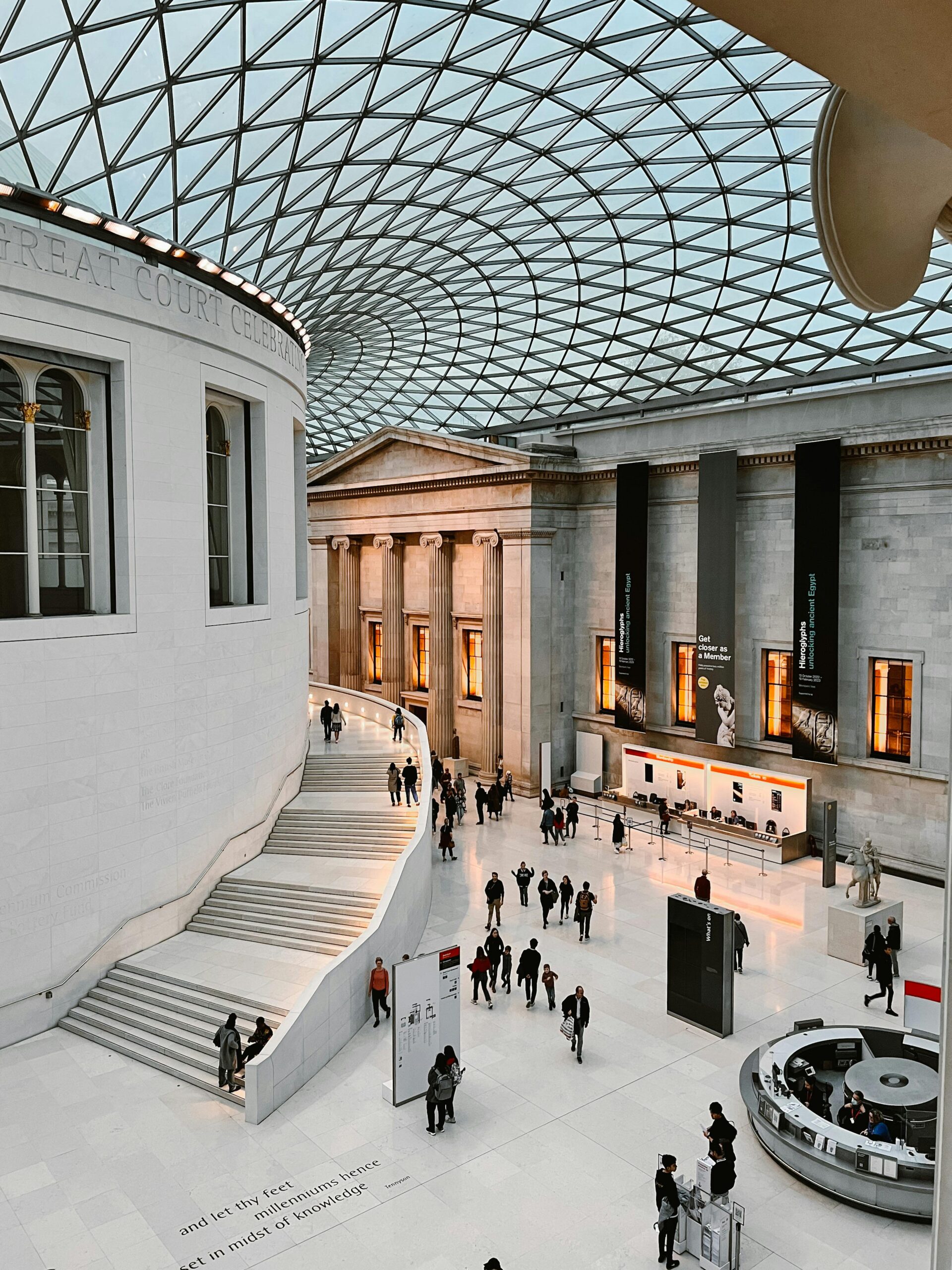By: Leaya Chen
On June 18, 2024, Ilê Sartuzi, an art student at Goldsmiths, University of London, who seemed like a normal, everyday visitor, strolled into the British Museum. He picked up a 17th-century British coin at a table where people could touch artifacts, and after a moment, set it down and moved along with a crowd. But, if someone watched him closely, they would notice that he had replaced the priceless coin with a fake.
Originally from Brazil, Ilê Sartuzi, age 28, arrived in London in 2022 to study art at Goldsmiths University.
Sartuzi’s first time at the British Museum over a year ago had left a powerful effect. He saw a man in the money section, showing coins to visitors and telling stories about them, part of the museum’s “Hands on Desks” program.
Sartuzi mentally compared the museum’s coin display to magicians and decided to do a “magic trick.” It would challenge the nature of these exhibitions and question the origin and rightful owners of artifacts collected during times of imperialism.
After asking a lawyer what was legal, he decided to replace a Civil war-era silver coin from England with a fake made by other art students.
But his plan failed on June 17, the day of his planned theft. The worker at the “Hands on Deck” program suspected him and watched him carefully, and he couldn’t pull off the switch.
Mr. Sartuzi returned the next day; beard shaved, so he wasn’trecognized. He successfully replaced the real coin with the replica and abandoned the real one in the donation box on his way out. Three other students filmed his actions to document it as part of his final-year project.
Only a couple of weeks ago, the museum discovered he had stolen the coin on Sartuzi’s Instagram page. But he had slipped the real coin in the museum’s donation box, and the police stated that the theft was perfectly legal, since the artifact was not removed from the museum. Sartuzi received no charges.
Connor Watson, the museum’s spokesman, said, “There’s no issue of theft here.”
According to the New York Times, Richard Noble, the head of Goldsmiths’ art department, said he and his colleagues were impressed by the project and felt it resonated with issues of cultural imperialism.
Professor Noble said it fell “within the remit of what we would term institutional critique.” The project received “a very high mark.”
In his daring project at the British Museum, Ilê Sartuzi used art to make people think differently about history and where artifacts belong.
Image Credit by | helloiamtugce |











